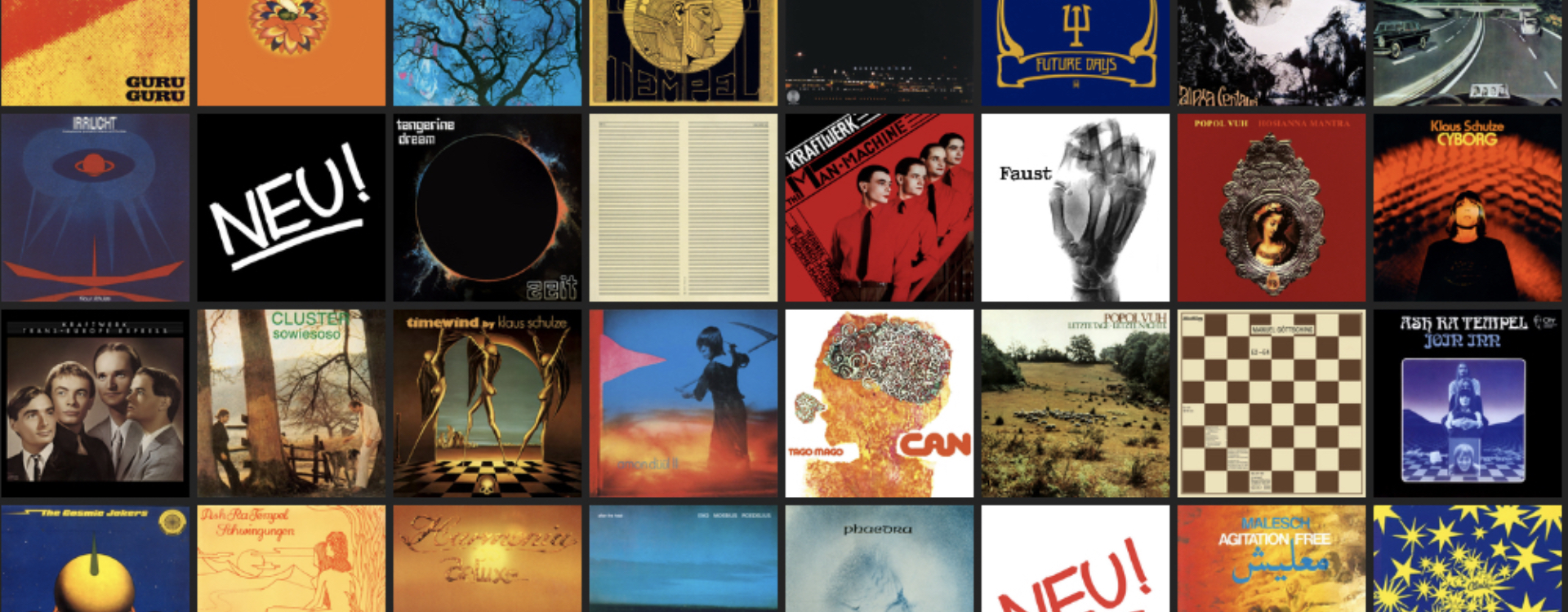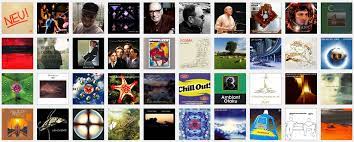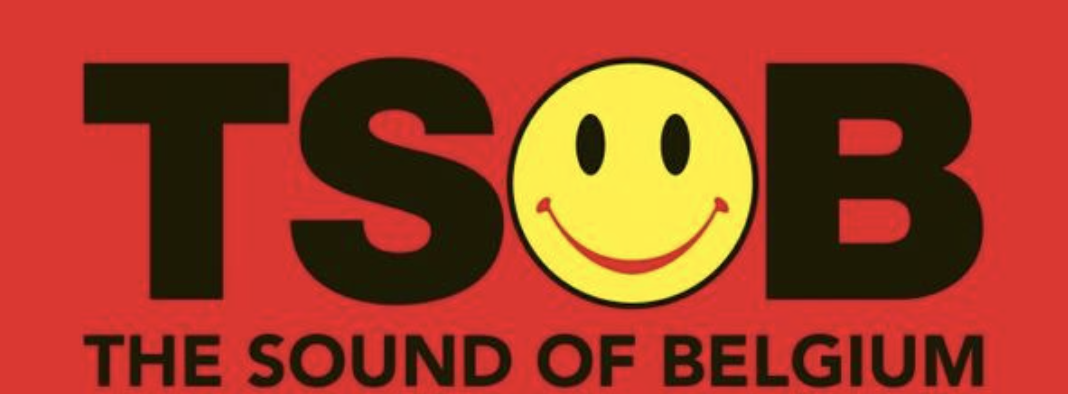MUSIC WRITING
I write articles and reviews about
the history of electronic music for the American webzine www.hiphopelectronic.com
Click on READ MORE for the full articles.
KOSMISCHE MUSIK SPECIAL
(click on the image below)
AMBIENT MUSIC SPECIAL
(click on the image below)
NEW BEAT SPECIAL
(click on the image below)
REVIEWS
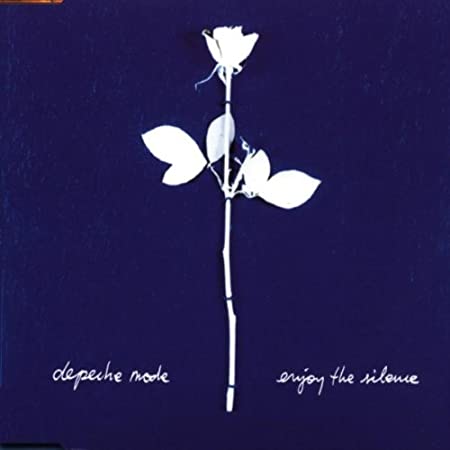
Artist: DEPECHE MODE
Album: Violator
Year: 1990
Track: Enjoy The Silence
Originally a ballad composed by Martin Gore, the song went through several changes and under Alan Wilder’s insistence was reworked into the up-tempo version released on the album. Gears used by the band for the song were an EMS VCS3, a Minimoog, an Oberheim OB-8 synths, a Roland Space Echo, Manley amplifiers, and an ARP 2600 synth. READ MORE
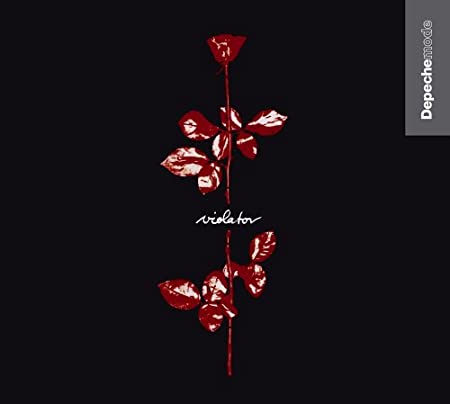
Artist: DEPECHE MODE
Album: Violator
Year: 1990
Track: Personal Jesus
For the first time, a guitar was used as a dominant instrument in a Depeche Mode song. Personal Jesus starts with one of the most iconic guitar riffs ever. The drum machine beats and the synthesizers give the song the industrial vibe we can find in previous productions of the band. READ MORE
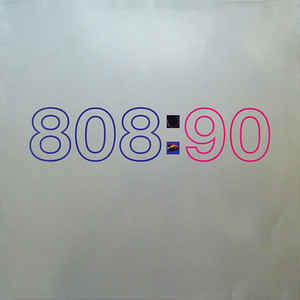
Artist: 808 STATE
Album: Ninety
Year: 1989
Track: 808080808
Have you ever asked yourself who inspired the genius of Aphex Twin? The complexity and variety of production from the Irish born artist would lead you to many, many different places. 808 State (Graham Massey, Martin Price and Gerald Simpson) are surely one of his biggest influences, as you will notice when listening to this seminal, extraordinarily advanced track for the time of its release. READ MORE
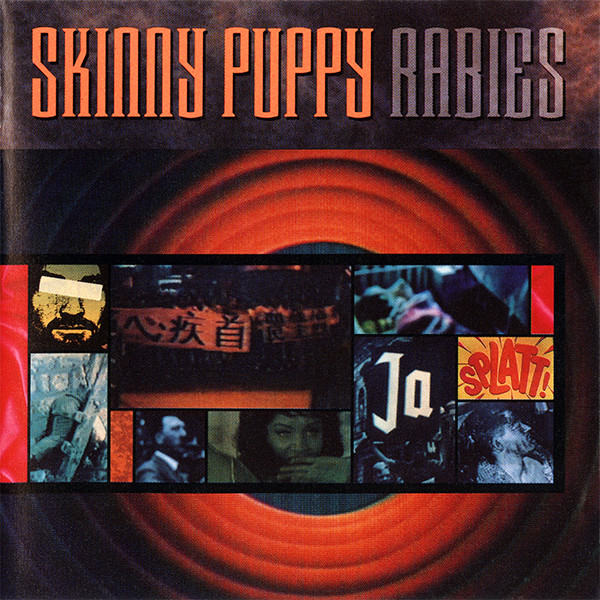
Artist: SKINNY PUPPY
Album: Rabies
Year: 1989
Track: Worlock
The track features a sample of the guitars of Helter Skelter by The Beatles, as well as a vocal sample of Charles Manson singing the song. The production is a masterpiece for the genre and inspired an entire music scene. The darkness and heavy use of effects (a Roland Harmonizer was used to create the vocoder effect during the chorus) still sound as it was produced today. READ MORE
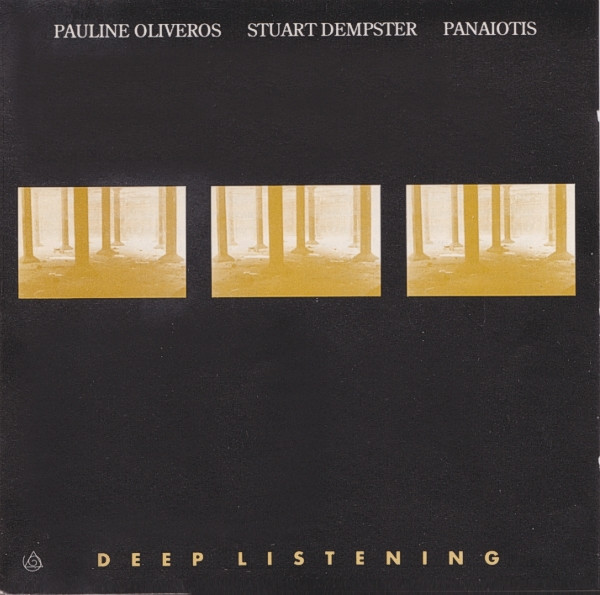
Artist: PAULINE OLIVEROS - STUART DEMPSTER - PANAIOTIS
Album: Deep Listening
Year: 1989
Track: Lear
The album was released in 1989 and the inspiration behind it came when Oliveros descended 14 feet into the Dan Harpole underground cistern in Port Townsend, Washington. The trio then decided to record some improvised music at the Fort Worden Cistern in Port Townsend, WA on October 8, 1988. READ MORE
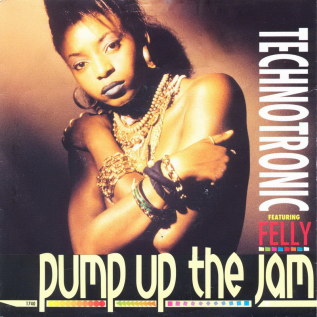
Artist: TECHNOTRONIC
Album: Pump Up The Jam
Year: 1989
Track: Pump Up The Jam
Despite becoming a huge business affair, the new beat considerably contributed to the development of electronic music as we know it today, a genre based on giant Moog synth bass lines and 808 drum machines beats. READ MORE
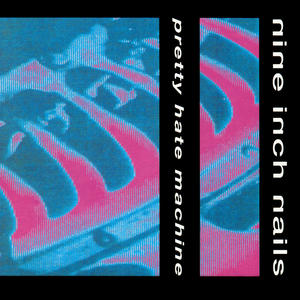
Artist: NINE INCH NAILS
Album: Pretty Hate Machine
Year: 1989
Track: Sanctified
Trent Reznor started Nine Inch Nails in 1988 while he was working as an assistant engineer at Right Track Studios in Cleveland. He used studio "down-time" to record his first demos, which then he developed with the help of producers Flood, Keith LeBlanc, Adrian Sherwood, and John Fryer. NIN first album, Pretty Hate Machine, was released in 1989. Unable to find a band that could arrange the material as he desired, Reznor played all the instruments (except drums) himself. READ MORE
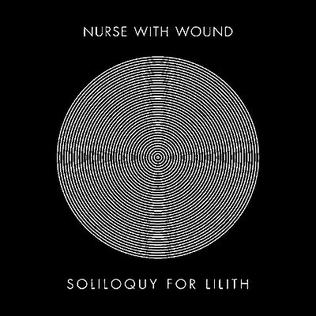
Artist: NURSE WITH WOUND
Album: Soliloquy for Lilith
Year: 1988
Track: Soliloquy for Lilith PART 5 & 6
Soliloquy for Lilith was recorded by Stapleton and his wife Diana Rogerson. They didn’t use any instruments. The only sound source was several effects units which he had set up to operate in a feedback loop. There was no original input signal being processed, simply the feedback hum generated by plugging the original chain of pedals back into itself. READ MORE
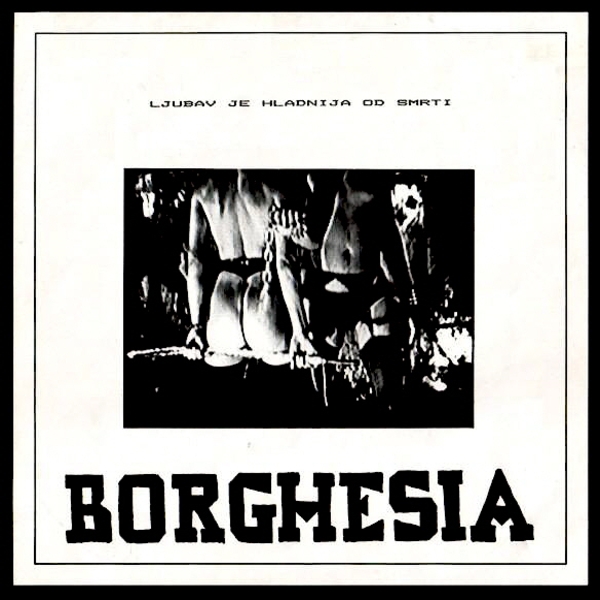
Artist: BORGHESIA
Album: Ljubav Je Hladnija Od Smrti
Year: 1985
Track: On
The founders of the band Dario Seraval and Aldo Ivančič, two philosophy and sociology students, were originally members of a theatre group called Theatre FV-112/15. They started producing beats probably inspired by the EBM music scene that was growing in Europe at the beginning of the 1980s. READ MORE
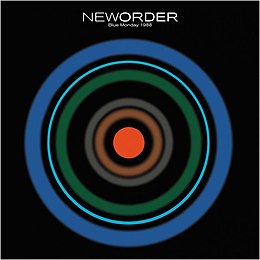
Artist: NEW ORDER
Album: Blue Monday
Year: 1983
Track: Blue Monday
The iconic melody of Blue Monday still resonates with millions of people and is still regularly played on the dance floors across the world. Its Oberheim DMX drum machine intro, its synth bass line of the Moog Source, and its melody we are so familiar with became a huge hit almost by accident. READ MORE
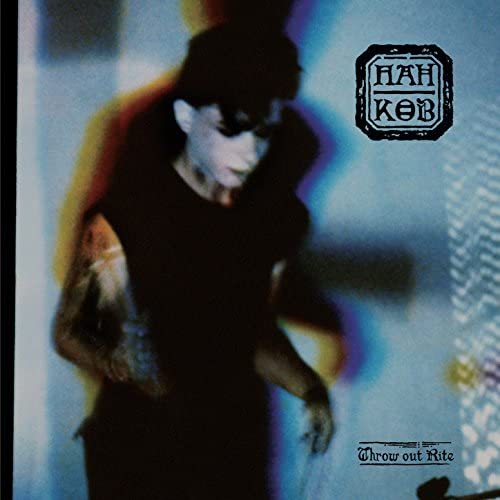
Artist: PANKOW
Album: Throw Out Rite
Year: 1983
Track: Das Vodkalied
Pankow should be very popular in Italy, but no, they aren’t. Only true lovers of Electronic music know them or even have ever heard about them. If you look around the web there isn’t much information about the band, especially on Italian press and websites, but they have been one of the first pioneers of EBM, alongside Deutsch Amerikanische Freundschaft (D.A.F.), The Normal, Suicide, Die Krupps, Killing Joke, and Throbbing Gristle to name a few. READ MORE
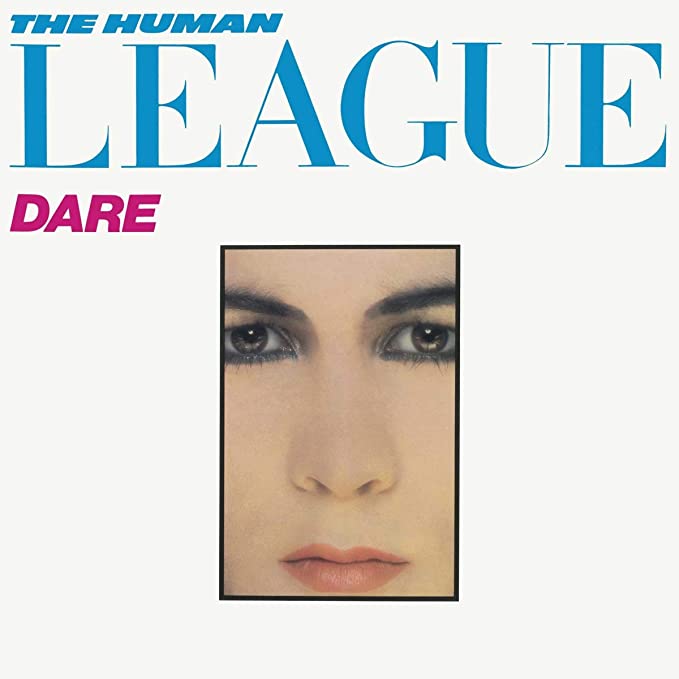
Artist: THE HUMAN LEAGUE
Album: Dare
Year: 1981
Track: Don't You Want Me
Ironically, Don't You Want Me, the band's best-known and most commercially successful song, was only released because of the success of the previous singles taken from Dare. Initially, Oakey was very reluctant to its release. READ MORE
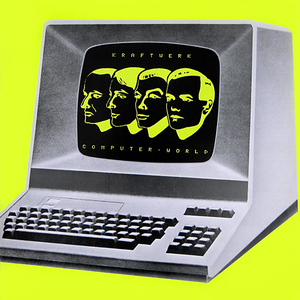
Artist: KRAFTWERK
Album: Computerworld
Year: 1981
Track: Numbers
Numbers, is the third track of Computer World, and with its industrial drum machine beat has clear elements of minimalism and techno. It consists only of a drum machine, a synth arpeggiator, and filtered voices counting in multiple languages. READ MORE
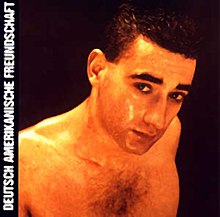
Artist: DEUTSCH AMERIKANISCHE FREUNDSCHAFT
Album: Alles ist gut
Year: 1981
Track: Alles ist gut
Released in 1981, and similarly to bands like New Order, the album represents a wider transition from the fury and distortion of their earlier Elektropunk/Noise albums to a more danceable style. READ MORE
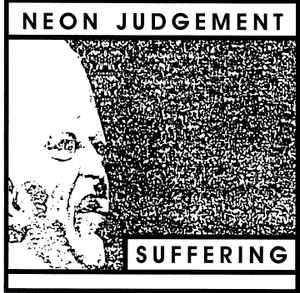
Artist: NEON JUDGEMENT
Album: Suffering
Year: 1981
Track: Factory Walk
Formed in the Belgian city of Leuven in 1981 by Dirk Timmermans aka Dirk Da Davo on synthesizers, keyboards, and vocals, and Frank Vloeberghs aka TB Frank on guitar, drum machines, and vocals, The Neon Judgement has often been cited, alongside another Belgian band, Front 242, as the pioneers of electronic body music (EBM). READ MORE
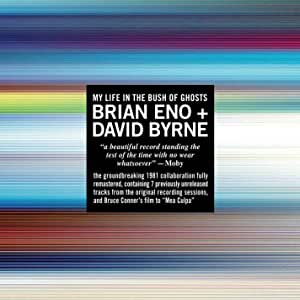
Artist: DAVID BYRNE & BRIAN ENO
Album: My Life In The Bush Of Ghosts
Year: 1981
Track: The Jezebel Spirit
In between the two Talking Heads albums, Fear of Music (1979) and Remain in Light (1980), David Byrne started a collaboration with Brian Eno, which brought him to release his first solo album, My Life in the Bush of Ghosts. Eno was already Talking Heads producer and it’s very easy to imagine the two of them playing and experimenting with new sounds and techniques. The album was in fact then published with both their names. READ MORE
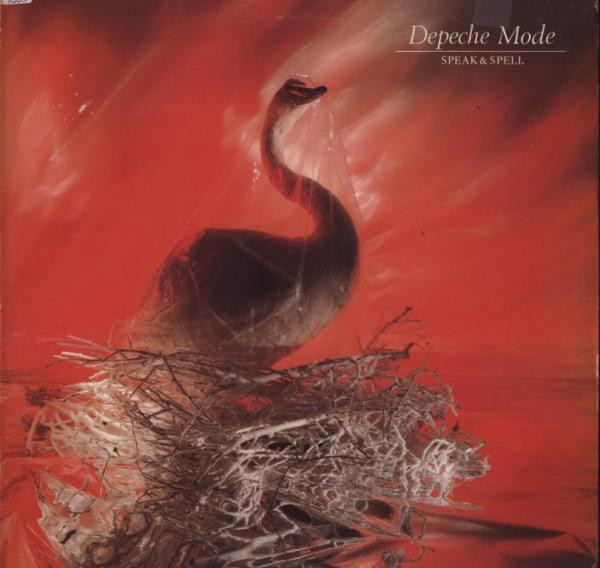
Artist: DEPECHE MODE
Album: Speak and Spell
Year: 1981
Track: Just can't get enough
Some songs have the quality to define an entire music genre and even a musical era. Depeche Mode is unanimously considered one of the most influential Synth-Pop bands of all time. Unlike many other electronic music bands we covered here on hiphopelectronic.com they reached great commercial success almost immediately. READ MORE
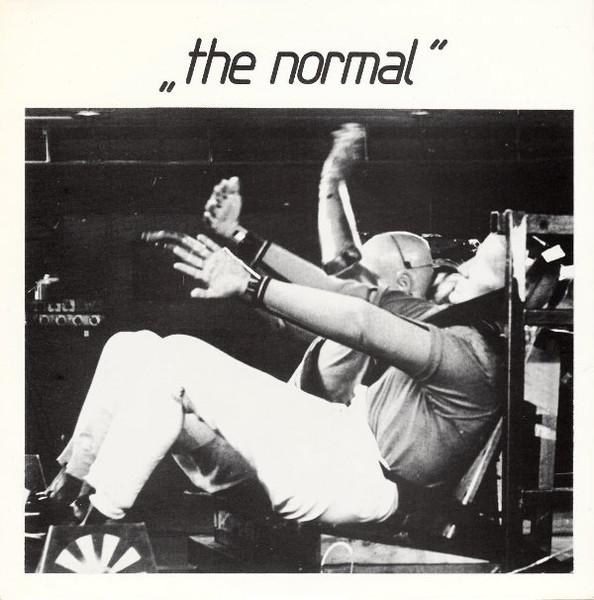
Artist: THE NORMAL
Album: T.V.O.D./Warm Leatherette
Year: 1978
Track: Warm Leatherette
The Normal was an electronic music project by Daniel Miller and it was a punch in your face. Miller bought his first Mini Korg 700S and a TEAC four-track reel-to-reel tape recorder to start experimenting with new musical styles in the late 1970s, apparently because he wasn’t too attracted by the punk rock music scene, and was too lazy to learn guitar chords. He found synthesizers easier to approach. READ MORE
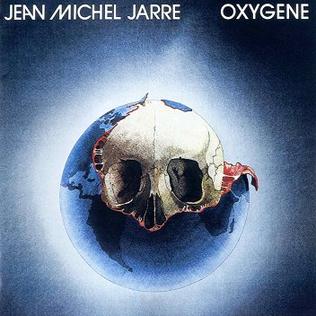
Artist: JEAN-MICHEL JARRE
Album: Oxygène
Year: 1976
Track: Oxygène
The first thing that comes to my mind talking about French composer Jean-Michel Jarre is his approach to electronic music. It is deeply artistic. You just need to hear him talk for 30 seconds and you will realize it. This happens because of the intuition he had after attending an exhibition by French artist Pierre Soulages at the Musée d'Art Moderne de la Ville de Paris. READ MORE
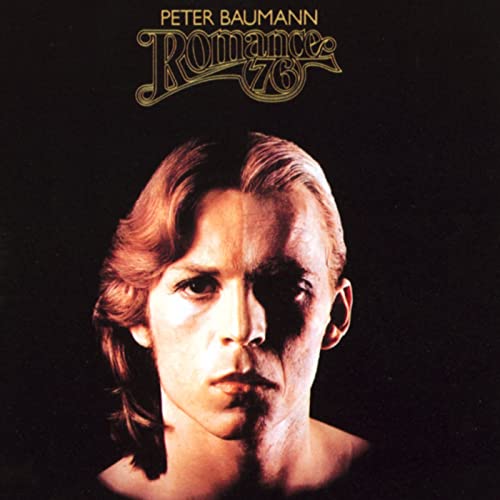
Artist: PETER BAUMANN
Album: Romance 76
Year: 1976
Track: Bicentennial Presentation
Romance76 is an album we could almost consider split into two parts. The first is more electronic. The second part is more ambient and is composed with the use of orchestrations. Probably the second part of the album inspired Baumann’s future works which are more focused on ambient music and considered inspiring for the future development of the so-called new-age music. READ MORE
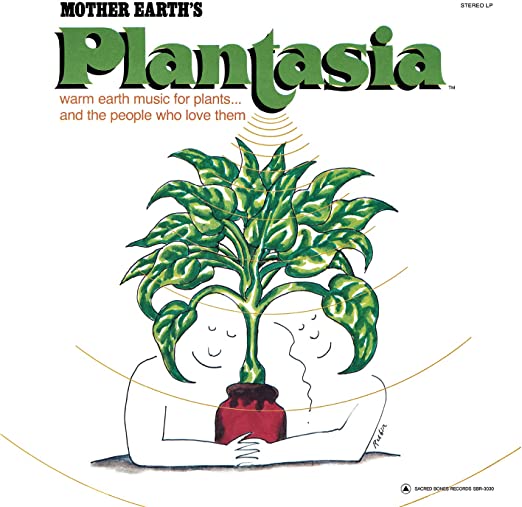
Artist: MORT GARSON
Album: Mother Earth's Plantasia
Year: 1976
Track: Ode To An African Violet
Sound is a part of nature. It is a fundamental element of our existence. The sounds we can hear in the world, even our voices, are as important as the air we breathe and the water we drink. READ MORE
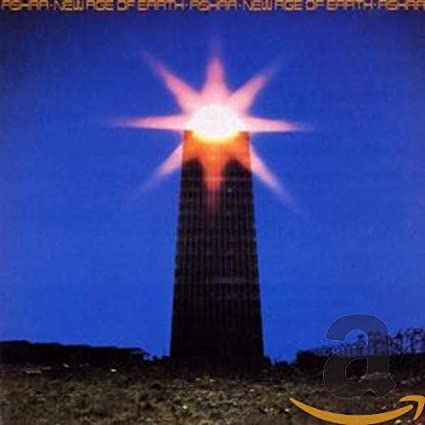
Artist: ASHRA
Album: The New Age Of Earth
Year: 1976
Track: Sunrain
When you press play, with Sunrain, the opening track of New Age Of Earth, you are finally entering modern times of electronic music. It is the first album we review, in this electronic music history journey, in which the year of its release transcends time and space. Sunrain could be easily found in any Four Tet, Caribou, Jon Hopkins, or Floating Points album. READ MORE
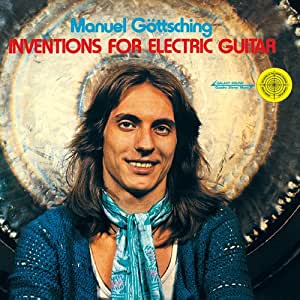
Artist: MANUEL GÖTTSCHING
Album: Inventions for electric guitar
Year: 1975
Track: Echo Waves
Inventions for Electric Guitar is the result of the work of a musician approaching a musical era change, using a relatively old instrument with the same approach that other musicians were having with keyboards, synths, and computers. Research. READ MORE
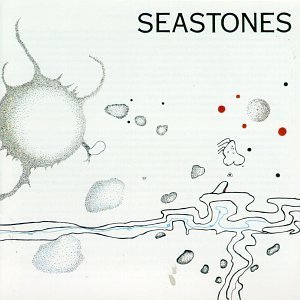
Artist: NED LAGIN
Album: Seastones
Year: 1975
Track: Seastones
Ned Lagin’s artistic life is the dream of every musician. He is a true 360˚artist who had the chance to be surrounded by inspiring philosophers, mathematicians, and musicians. He wanted to become an astronaut, he ended up becoming a musician, photographer, scientist, and composer. READ MORE
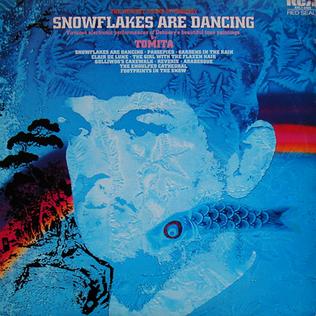
Artist: ISAO TOMITA
Album: Snoflakes Are Dancing
Year: 1974
Track: Suite bergamasque: Claire de lune, No.3
In 1974 Tomita released his second studio album, Snowflakes Are Dancing. The first thing that comes to my mind while listening to it, is that Tomita chose the best possible title. The atmosphere of the album makes you feel like if you are in a dreamy, snowy landscape. READ MORE
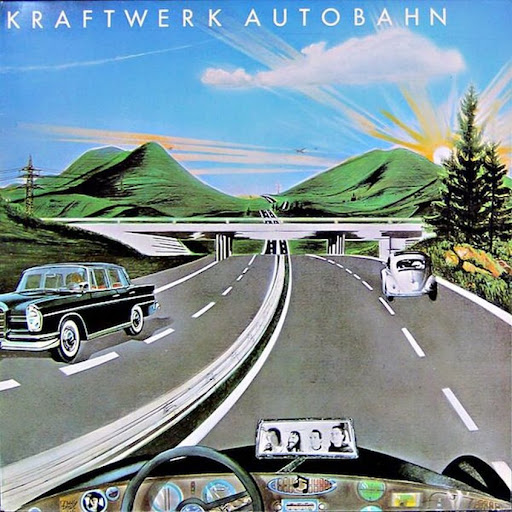
Artist: KRAFTWERK
Album: Autobahn
Year: 1974
Track: Autobahn
In our journey through the history of electronic music, we’ve already mentioned Kraftwerk several times, and that’s because they made it. They brought their experimental ideas to commercial success. If you listen to their fourth album, Autobahn, it is clear from the opening track why that happened, especially If you compare it to all of the other albums we’ve previously covered like the Cluster, Harmonia or Tangerine Dream. READ MORE
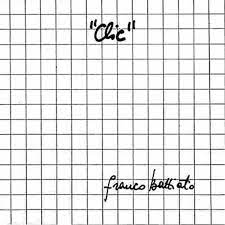
Artist: FRANCO BATTIATO
Album: Clic
Year: 1974
Track: Propriedad Prohibida
We recently lost one of our finest artists: Franco Battiato. Battiato is one of those musical figures that transcends the mere concept of music. He was many things: an electronic music pioneer, a poet, a singer-songwriter, composer, filmmaker, even a painter and, in my opinion, he was a philosopher too.He brought his sophisticated music and concepts to huge commercial success, especially in the early 80s when he started composing pop music. When he passed away in 2021, all of Italy stopped to remember his career, life and music. READ MORE
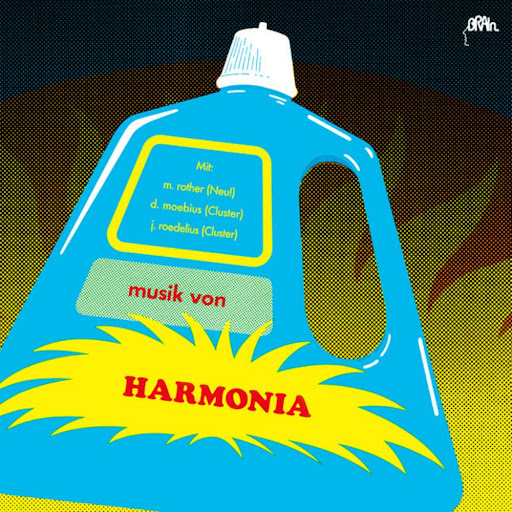
Artist: HARMONIA
Album: Musik von Harmonia
Year: 1974
Track: Veterano
Harmonia were the perfect combination of the early electronic experiments combined with the 70s rock attitude and the great guitar style of Rother. It mixed all the best elements from the music of bands like Neu!, Cluster, Can and Faust, producing possibly the most fascinating and interesting “Krautrock era” album. READ MORE
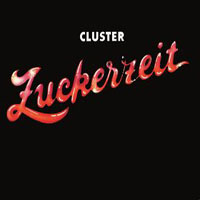
Artist: CLUSTER
Album: Zuckerzeit
Year: 1974
Track: Caramel
Hans-Joachim Roedelius and Dieter Moebius left West Berlin in 1971. They moved to the countryside to the German village of Forst to build their new studio. It sounds so easy to do nowadays. You pack your stuff, bring a couple of bags and your computer. Instead of a laptop and an audiocard, they brought with them an arsenal of Synthesisers, drum machines and guitar amps which they then used to filter every sound they were producing. Laptops didn’t exist in 1971. READ MORE
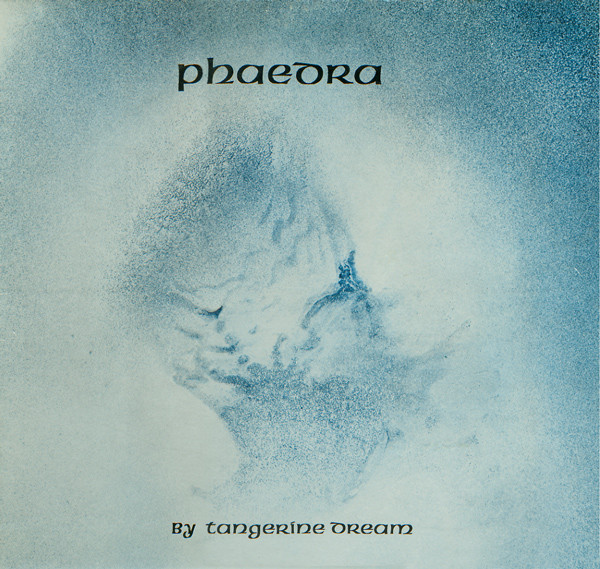
Artist: TANGERINE DREAM
Album: Phaedra
Year: 1974
Track: Phaedra
Edgar Froese founded Tangerine Dream in 1967, right in the middle of the space run. It’s no surprise he is considered one of the founders of the so called kosmische German music scene. The band has seen many personnel changes over the years, with Froese as the only continuous member until his death in January 2015. Fascinated by technology, he built custom-made instruments and, wherever he went, collected sounds with tape recorders, becoming a precursor to the emerging technology of the sequencer. The early discography of Tangerine Dream is considered to have deeply influenced electronic music styles such as new-age and electronic dance music. READ MORE

Artist: CONRAD SCHNITZLER
Album: Rot
Year: 1973
Track: Red Dream
Of all the artists mentioned, Schnitzler was definitely one of the most experimental and challenging to listen to. If you start digging into his vast discography, especially in his 1973 album Rot (Red in English), it’s apparent. Rot was his first solo album and it begins with the track Meditation in which a super high pitched feedback slowly mutates into a dissonant keyboard chord. Definitely not the easiest way to start an album. The background chord is then crossed by cut-up, filtered stereo glitches. READ MORE
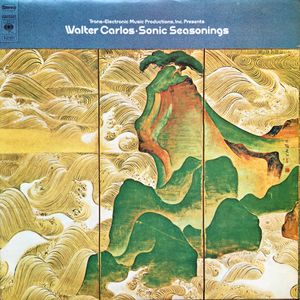
Artist: WENDY CARLOS
Album: Sonic Seasonings
Year: 1972
Track: Spring/Summer/Fall/Winter
It’s widely known that the Moog synthesiser takes its name from its inventor Robert Moog, but not many people know that someone else helped him develop his new machine. Walter Carlos was one of them. Carlos gave advice and technical assistance in the development of the Moog synthesiser, convincing Moog to add a touch-sensitive device for greater musical dynamics. READ MORE
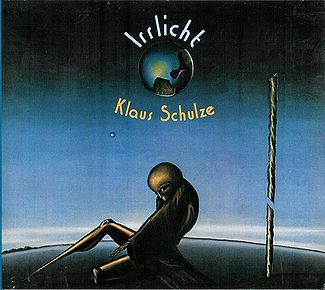
Artist: KLAUS SCHULZE
Album: Irrlicht
Year: 1972
Track: Satz: Ebene
Klaus Schulze is a German pioneer of electronic music. Born in Germany in 1947, he started his musical career as a drummer, and initially, he changed bands quite frequently. His first two experiences with Tangerine Dream and Ash Ra Tempel both lasted only one album. Schulze was apparently more interested in developing a solo career as a composer rather than being “just a drummer” for other bands. READ MORE
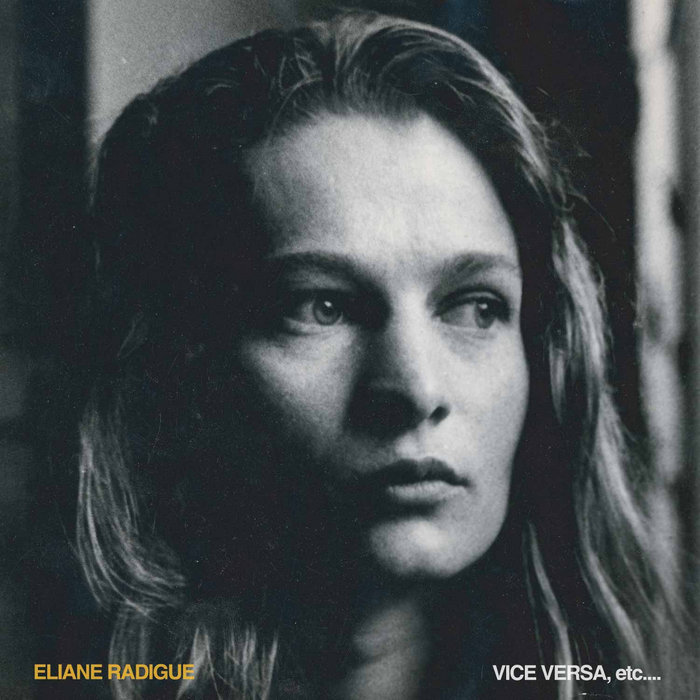
Artist: ÉLIANE RADIGUE
Album: Vice-Versa
Year: 1970
Track: Onward 9.5
Around 1970, Radigue created her first synthesizer-based music and progressively abandoned her musique concrète research, to create a slow, purposeful "unfolding" of sound through the use of analog synthesizers and magnetic tape such as Buchla and Moog synthesizers. READ MORE
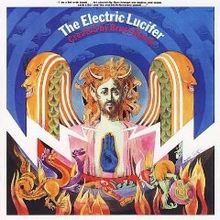
Artist: BRUCE HAACK
Album: The Electric Lucifer
Year: 1970
Track: Program Me
Yes, Program Me by Bruce Haack starts in mono. Nowadays we immediately think there must be a problem with our headphones, but after a few seconds you can hear the Moog Synth Bass. Invented only 6 years before this recording, his intriguing melody starts on the “right channel”. Before computers, sound engineers and musicians had to deal with the lack of space on tape and with a limited number of tracks to use. The best way to understand what that meant is listening to The Beatles with only one side of your headphones. For example, in the left headphone you could listen to one guitar and vocals and on the right headphone you’ll have bass and drums and so on. READ MORE
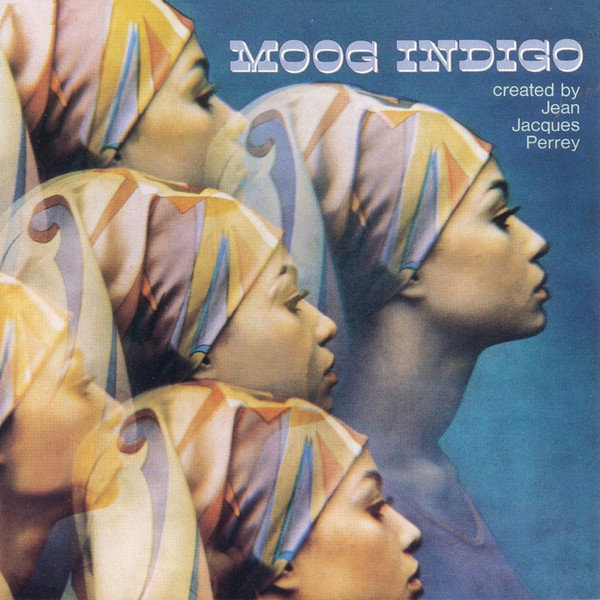
Artist: JEAN JAQUES PERREY
Album: Moog Indigo
Year: 1970
Track: Passport To The Future
What happens if you are living in the sixties and you decide to mix your funk attitude, classical music background, and interest in modern technology? Moog Indigo is the answer. French composer Jean Jaques Perrey made history, probably not even knowing it at the time, when he released his ninth studio album in 1970. Perrey met Robert Moog after moving from Paris to New York in 1959, becoming one of the first to play the Moog synthesiser when it debuted in 1964. READ MORE
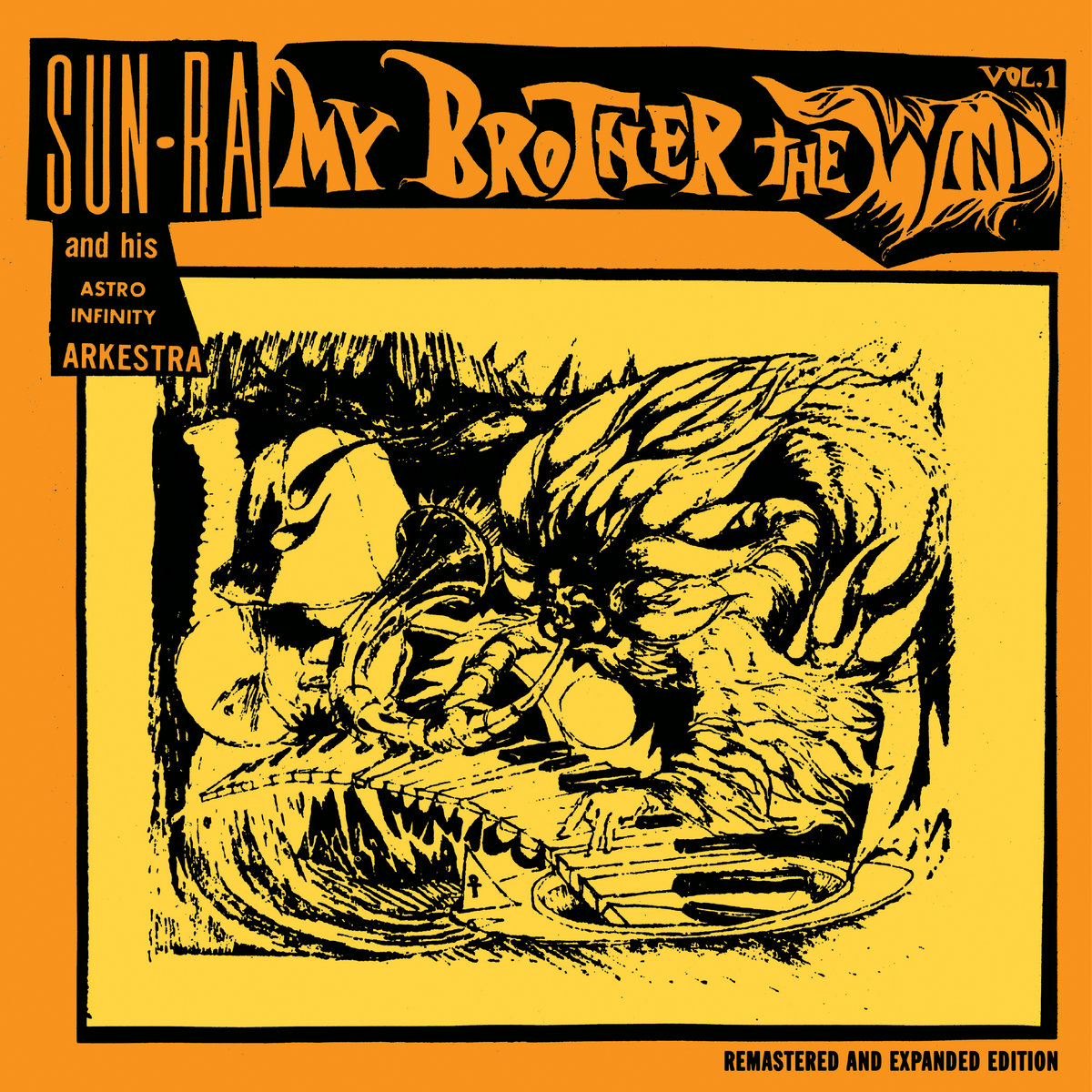
Artist: SUN RA & HIS ARKESTRA
Album: My Brother The Wind VOL.1
Year: 1970
Track: Space Probe
Continuing our journey through the roots of electronic music, it is impossible not to consider the psychedelic jazz iconic figure of Sun Ra. Herman Poole Blount was his real name and nobody knew his real date of birth until, only a few years before his death. It was finally confirmed by his biographer, John F. Szwed, as 1914. In 1952 he changed his name, which he considered to be a slave name, in the process of attaining a new self-awareness and self-esteem, becoming Le Sony'r Ra, shortened to Sun Ra (after Ra, the Egyptian God of the Sun) He claimed to be an alien from Saturn on a mission to preach peace. READ MORE
